As I stepped off the plane into Xi’an Xianyang International Airport, the weight of history hit me like a warm breeze. Xi’an, once known as Chang’an, served as the capital for 13 dynasties, including the mighty Tang and Qin empires. This city isn’t just a destination; it’s a time capsule where ancient warriors, poets, and emperors whisper through the ages. My 7-day journey in May 2024 was a deep dive into China’s soul, costing around $300 USD for attractions and meals, excluding flights and accommodation. Pro tip: Avoid peak seasons like Golden Week to dodge crowds, and book tickets online in advance—trust me, it saves hours!
Xi’an’s charm lies in its contrasts: millennia-old relics juxtaposed with bustling modern streets. I stayed at the Pai Hotel near the Bell Tower, costing about $50 per night, perfectly central for exploring. The city’s layout, with its “eight waters surrounding Chang’an,” creates a poetic harmony, as described in ancient texts. My adventure unfolded day by day, filled with awe, a few missteps, and unforgettable flavors. Note to fellow travelers: Wear comfy shoes—Xi’an demands walking!
Day 1: Arrival and Immersion in the Heartbeat of Xi’an
After settling into my hotel, I headed straight to the Bell and Drum Towers. These iconic Ming-era structures stand at the city’s crossroads, their grandeur amplified at night when illuminated. Climbing the Drum Tower, I watched a traditional performance—the rhythmic beats echoing Xi’an’s pulse. Entry was ¥30 ($4), worth every yuan for the panoramic views. Next, I wandered into the Muslim Quarter, a sensory overload! The air hummed with the sizzle of street food: I devoured overpriced tourist traps authentic delights like roujiamo (Chinese burger) and liangpi (cold noodles), each under $2. Highlight: The vibrant chaos of Beiyuanmen Street, where history and hunger collide. Pitfall: Vendors can be pushy—politely decline if uninterested.
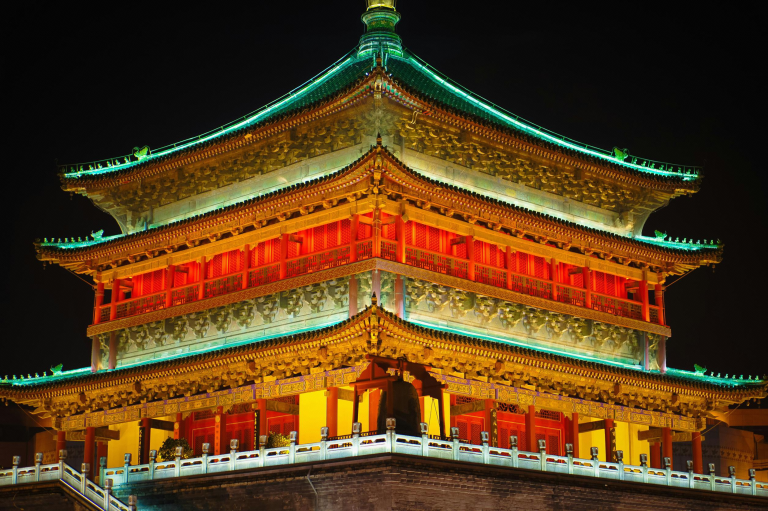
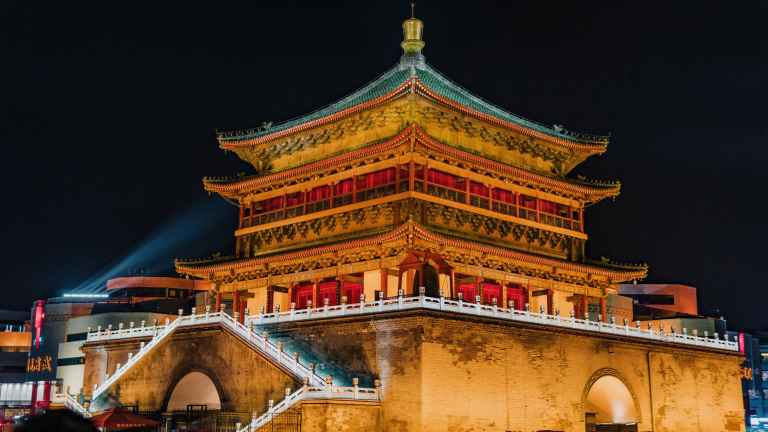
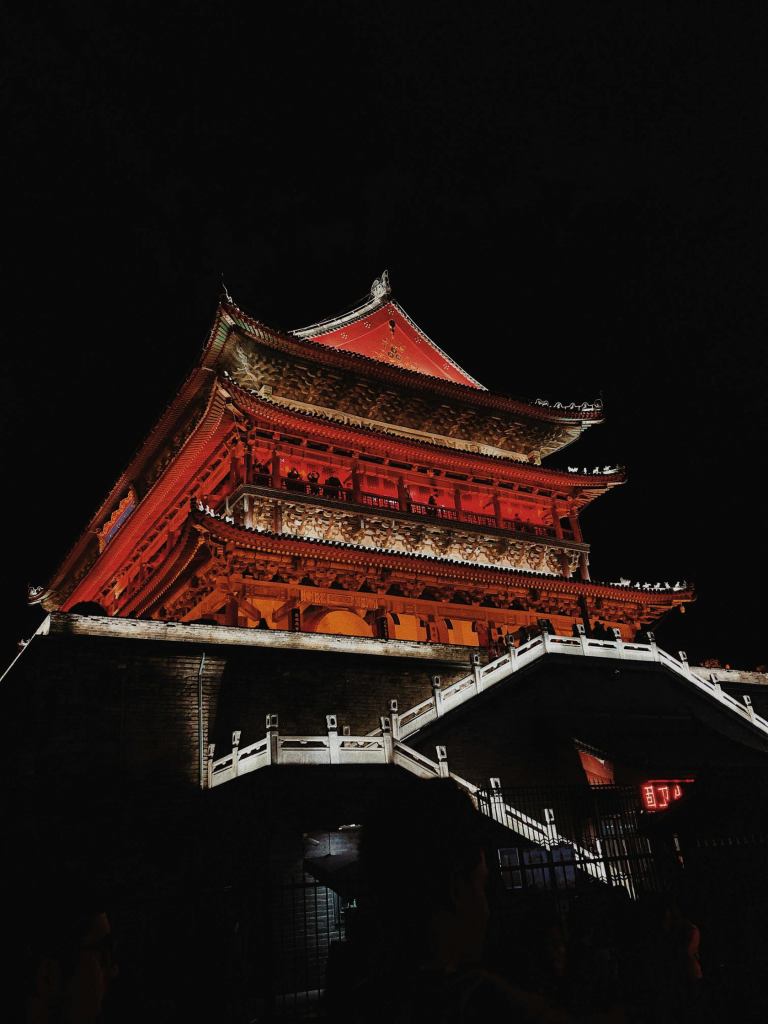
Day 2: Warriors and Royal Retreats
An early start took me to the Terracotta Army in Lintong District—a 1-hour bus ride costing ¥10 ($1.5). This UNESCO World Heritage site, discovered in 1974, features over 8,000 life-sized soldiers guarding Emperor Qin Shi Huang’s tomb. Standing before Pit 1, I felt dwarfed by history; each warrior’s unique face told silent stories. Entry was ¥120 ($17), and hiring a guide for ¥100 ($14) enriched the experience immensely. Emotional moment: The sheer scale evoked a mix of awe and humility. Afterward, I visited Huaqing Pool, an ancient imperial spa with thermal springs. Walking through Tang Dynasty pavilions, I imagined emperors soaking here—entry ¥120 ($17). Cost-saving tip: Buy a combo ticket for both sites online. Pitfall: Crowds peak by noon; arrive by 8 AM!
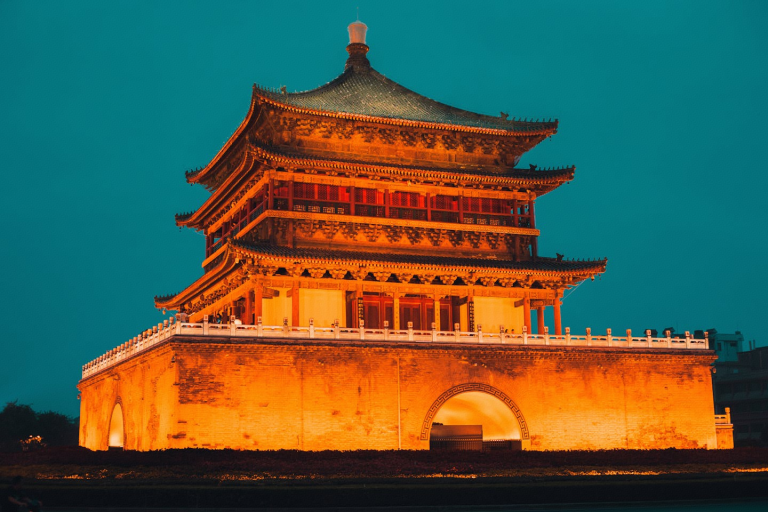
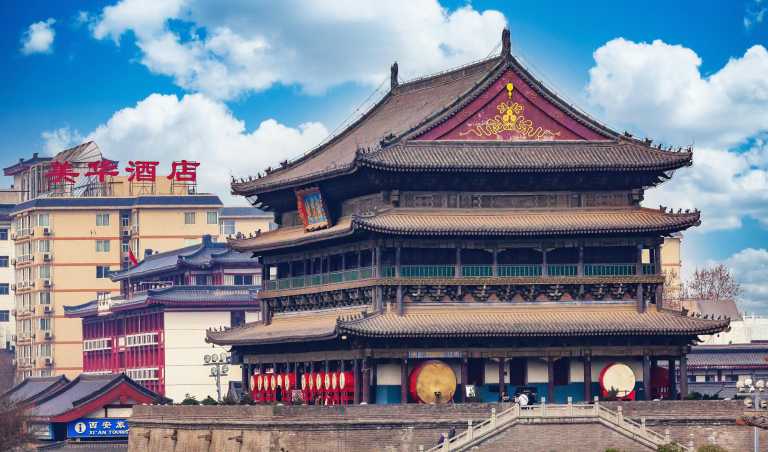
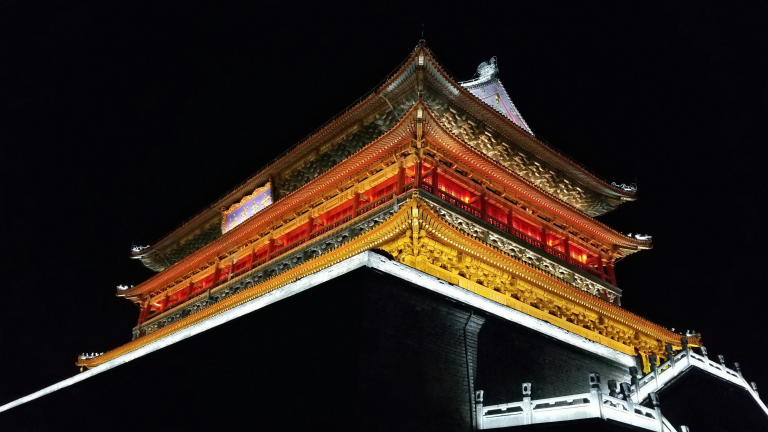
Day 3: Walls, Pagodas, and Urban Rhythms
Today was all about Xi’an’s skyline. I cycled the 14-kilometer City Wall—China’s best-preserved ancient fortification. Renting a bike for ¥45 ($6) was exhilarating; pedaling atop the Ming Dynasty structure, I glimpsed old and new Xi’an merging. Entry ¥54 ($8). Later, I explored the Great Wild Goose Pagoda, built in 652 AD to house Buddhist scriptures. Climbing its seven stories (¥40/$6) rewarded me with city views. At Big Wild Goose Pagoda Square, I joined locals for evening music fountains—free and magical! Personal joy: The sunset cast golden hues on the pagoda, a photographer’s dream. Pitfall: Wall cycling can be tiring; bring water and start early to avoid heat.
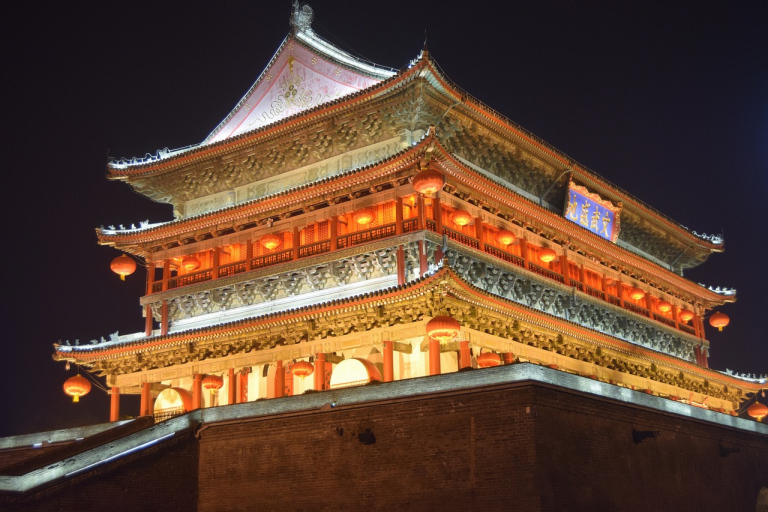
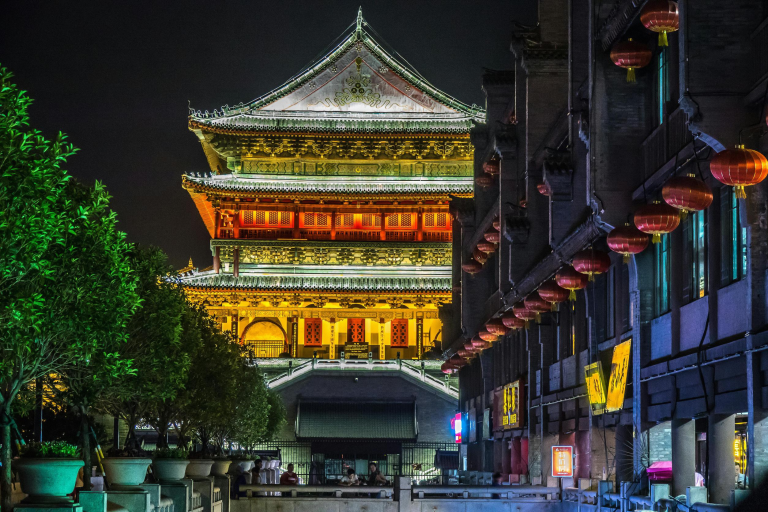
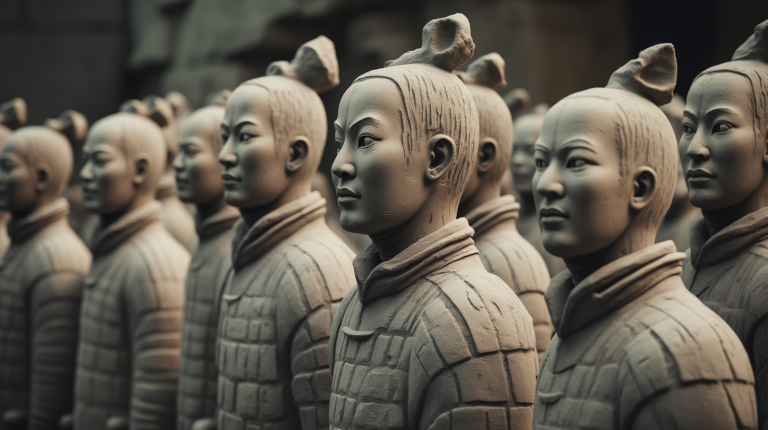
Day 4: Museums and Hidden Gems
The Shaanxi History Museum was a treasure trove, showcasing artifacts from Xi’an’s dynastic past. I booked a ¥20 ($3) ticket for special exhibits—worth it for the Tang Dynasty murals. Pro tip: Reserve online days ahead; walk-ins often face long queues. Next, the Small Wild Goose Pagoda offered tranquility, with its serene park and ¥30 ($4) entry. I revisited the Muslim Quarter for lunch, savoring yangrou paomo (lamb stew with bread)—a hearty $5 meal. Pitfall: Museum crowds can be overwhelming; visit on weekdays.
| Site | Cost (USD) | Duration | Highlight |
| Shaanxi History Museum | $3 | 3 hours | Tang Dynasty gold artifacts |
| Small Wild Goose Pagoda | $4 | 2 hours | Ancient bell tower views |
| Muslim Quarter Food Tour | $10 | 2 hours | Interactive cooking demos |
Day 5: Imperial Legacies and Cultural Feasts
Daming Palace National Heritage Park transported me to the Tang Dynasty’s glory. Walking through reconstructed gates like Danfeng Gate, I felt imperial grandeur—entry ¥60 ($8). Then, Datang Furong Garden dazzled with its Tang-themed performances and lantern-lit nights (¥120/$17). Evening highlight: The “Eternal Love” show, a moving tale of Emperor Xuanzong and Yang Guifei. Cost note: Shows add up; budget $50 for extras. Pitfall: Gardens can be vast; wear comfy shoes.
Xi’an isn’t just stone and mortar; it’s a living narrative where every alley hums with stories of emperors and everyday heroes.
Day 6: Nature’s Majesty at Huashan
A day trip to Huashan Mountain, one of China’s Five Great Mountains, was physically demanding but spiritually uplifting. A 2-hour train ride cost ¥50 ($7), and the cable car up (¥150/$21) saved energy for hiking. Trails wound through misty peaks, with plank paths clinging to cliffs—heart-pounding yet exhilarating. I stayed overnight at a summit lodge ($30), waking at dawn for a sunrise that painted the sky in hues of gold. Total cost: $70 for transport and entry. Pitfall: Weather is unpredictable; pack layers and check forecasts.
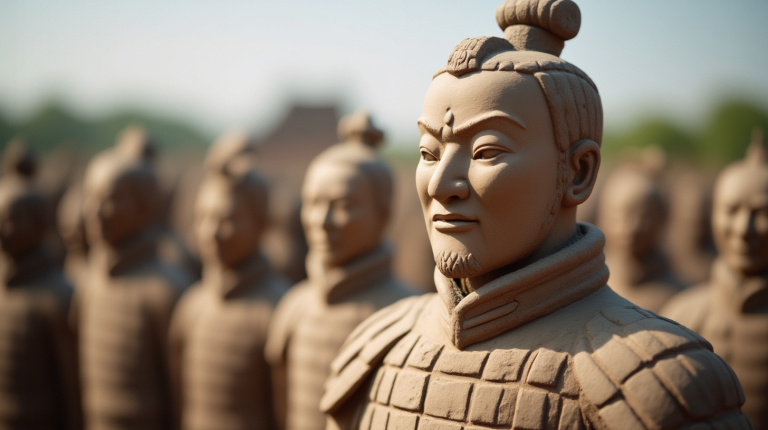
Day 7: Art, History, and Farewell
My final day began at the Forest of Steles, home to ancient stone inscriptions (¥50/$7). Walking among Confucian texts, I marveled at calligraphy’s artistry. Then, Shuyuanmen Cultural Street offered souvenirs like replica terracotta figures. I ended at De Fu Xiang, sipping coffee in a quaint alley—a peaceful contrast to the week’s intensity. Reflection: Xi’an’s layers unfolded slowly, rewarding patience. Total trip cost: ~$500, excluding flights. Pitfall: Last-minute shopping can be pricey; bargain politely.
- Must-try foods: Roujiamo, Biang Biang noodles, and persimmon cakes.
- Budget tips: Use public transport (subway ¥2-5), eat street food, book tickets online.
- Emotional takeaway: Xi’an’s resilience—from dynastic falls to modern rebirth—inspired my own wanderlust.
As I boarded my flight home, Xi’an’s essence lingered: a city where history isn’t preserved but lived. For fellow travelers, this 7-day odyssey offers more than sights; it’s a journey through time, culture, and personal discovery. Final advice: Embrace spontaneity—sometimes the best moments are unplanned, like stumbling upon a hidden temple or sharing stories with locals. Xi’an, with its imperial echoes, awaits your footsteps.

Your Terracotta Army photos gave me chills! How early did you arrive to beat the crowds? Was the guide worth the extra $14?
@HistoryBuff88 Arrived at 7:30AM – absolute game changer! The guide was essential for understanding the warriors’ craftsmanship. Pro tip: Book both tickets on WeChat to skip lines!
OMG those roujiamo pics! ? Which Muslim Quarter stall had the BEST lamb stew? Planning my food crawl for October!
@NoodleQueen Lao Sun Jia’s yangrou paomo near the mosque! Their broth is life-changing. Bring cash – they don’t take cards! October weather is perfect for steaming bowls ?
That Huashan sunrise photo literally took my breath away! ? How scary were the plank paths? Debating if my fear of heights can handle it…
$500 for 7 days?! ? Did hostels or hotels work better? Any hidden costs I should budget for?
@BudgetSandy Hostels near South Gate ($15/night) were great for meeting travelers! Hidden costs: Huashan cable car ($21) & performance tickets. Pro tip: Alipay works everywhere!